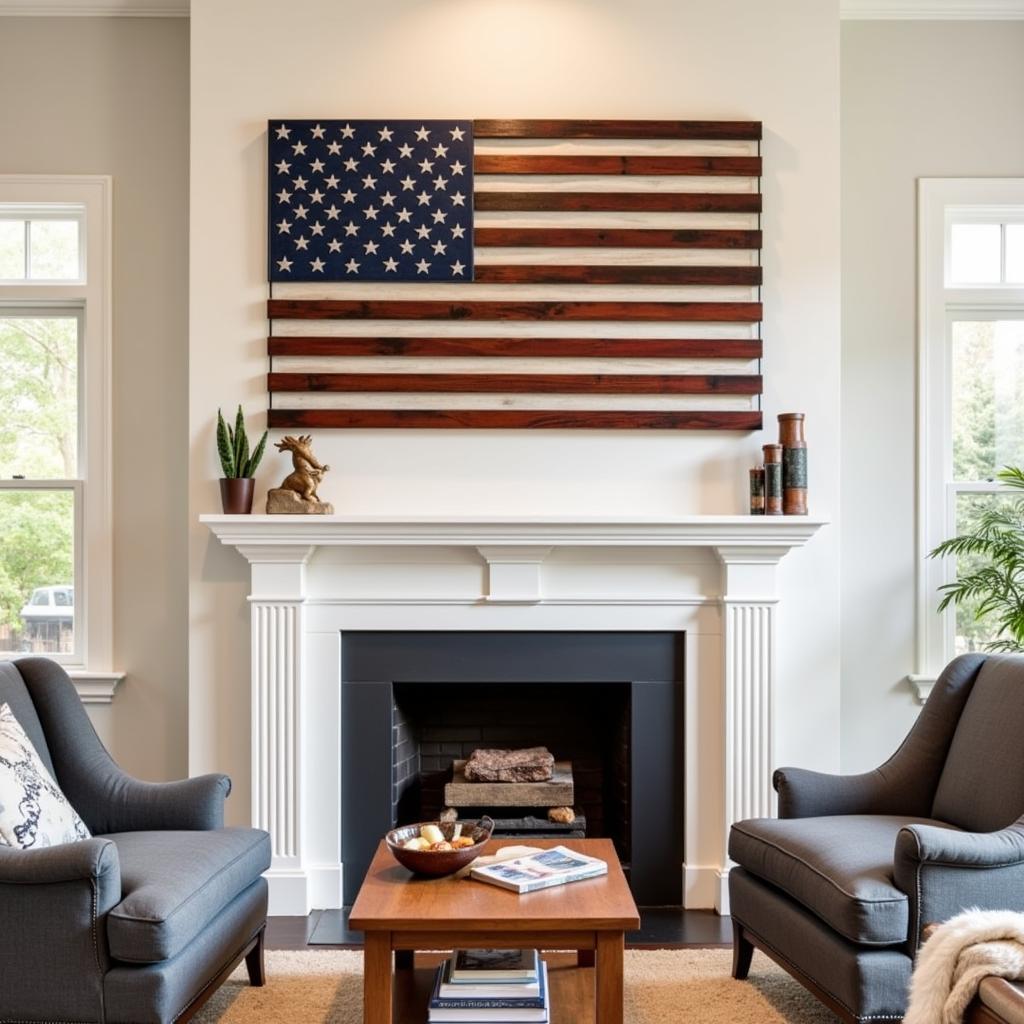B-24 Liberator Nose Art Directory: A Visual History of WWII Bombers
The B-24 Liberator, a workhorse bomber of World War II, was often adorned with distinctive and elaborate nose art. This visual tradition, found on aircraft across various nations and conflicts, provides a fascinating glimpse into the lives and mindsets of the young men who flew these dangerous missions. Our B-24 Liberator nose art directory delves into this unique form of artistic expression, exploring its history, symbolism, and lasting impact.
The Origins of Nose Art: From Practicality to Personality
While the exact origins are debated, nose art emerged during World War I. Early examples often involved squadron insignia or national emblems, serving as a means of identification in the skies. As the war progressed, personal touches began to emerge, reflecting a desire for individuality and a way to personalize these powerful machines.
The Golden Age of Nose Art: The B-24 Liberator in WWII
The practice of nose art truly flourished during World War II, with the B-24 Liberator becoming a prominent canvas for this art form. The vast numbers of B-24s produced, coupled with the long-range missions they undertook, fostered a strong sense of camaraderie among crews. Nose art became a powerful tool for boosting morale, expressing individuality, and commemorating shared experiences.
Themes and Symbolism: Deciphering the Art of the B-24
The themes found in B-24 Liberator nose art were as diverse as the crews themselves. Popular subjects included:
- Pin-up girls: Often glamorous and alluring, these figures provided a touch of beauty and a reminder of home.
- Cartoons and comic characters: These lighthearted images offered humor and a sense of escapism.
- Animals: Mascots, lucky charms, or fearsome predators, animals held symbolic meaning for many crews.
- Names and nicknames: Personalized monikers given to aircraft reflected individual stories and bonds within crews.
Beyond individual interpretations, certain themes provided a glimpse into the realities of war. Images of bombs, mission tallies, and enemy flags served as visual reminders of the dangers faced and victories achieved.
Beyond the Canvas: The Legacy of B-24 Liberator Nose Art
Though a product of war, B-24 Liberator nose art transcends its historical context. These works of art provide invaluable insights into the lives and experiences of those who served. They are testaments to creativity, resilience, and the power of human connection in the face of adversity.
Today, the study and preservation of nose art continue. Museums, archives, and passionate individuals work to document and interpret these unique expressions, ensuring that the stories behind the art are not forgotten.
FAQs About B-24 Liberator Nose Art
1. Who created the nose art on B-24 Liberators?
While some units had designated artists, nose art was often a collaborative effort involving crew members with varying degrees of artistic talent. Civilian artists were also occasionally commissioned to create these designs.
2. What materials were used to create B-24 nose art?
Paints were the primary medium, often scavenged from whatever materials were available. Brushes, rags, and even fingers were used to apply the paint.
3. Was nose art officially sanctioned by the military?
Initially, nose art was often discouraged or even prohibited. However, as its positive impact on morale became evident, the military gradually became more tolerant of this practice.
4. Are there any surviving examples of B-24 Liberator nose art?
Yes, numerous examples are preserved in museums and private collections worldwide. These artifacts offer tangible connections to WWII history and the individuals who served.
5. How can I learn more about B-24 Liberator nose art?
Numerous books, documentaries, and online resources are dedicated to the subject. Visiting aviation museums or attending air shows can also provide opportunities to view these historical artifacts firsthand.
Our B-24 Liberator nose art directory has just scratched the surface of this captivating subject. We encourage you to delve deeper into this unique form of WWII art and discover the stories behind the images. For assistance or further inquiries, contact our dedicated team at Phone: 02462573573, Email: danteum@gmail.com or visit us at: Savico Megamall, 7-9 Đ. Nguyễn Văn Linh, Gia Thụy, Long Biên, Hà Nội 10000, Việt Nam. Our customer support is available 24/7.


